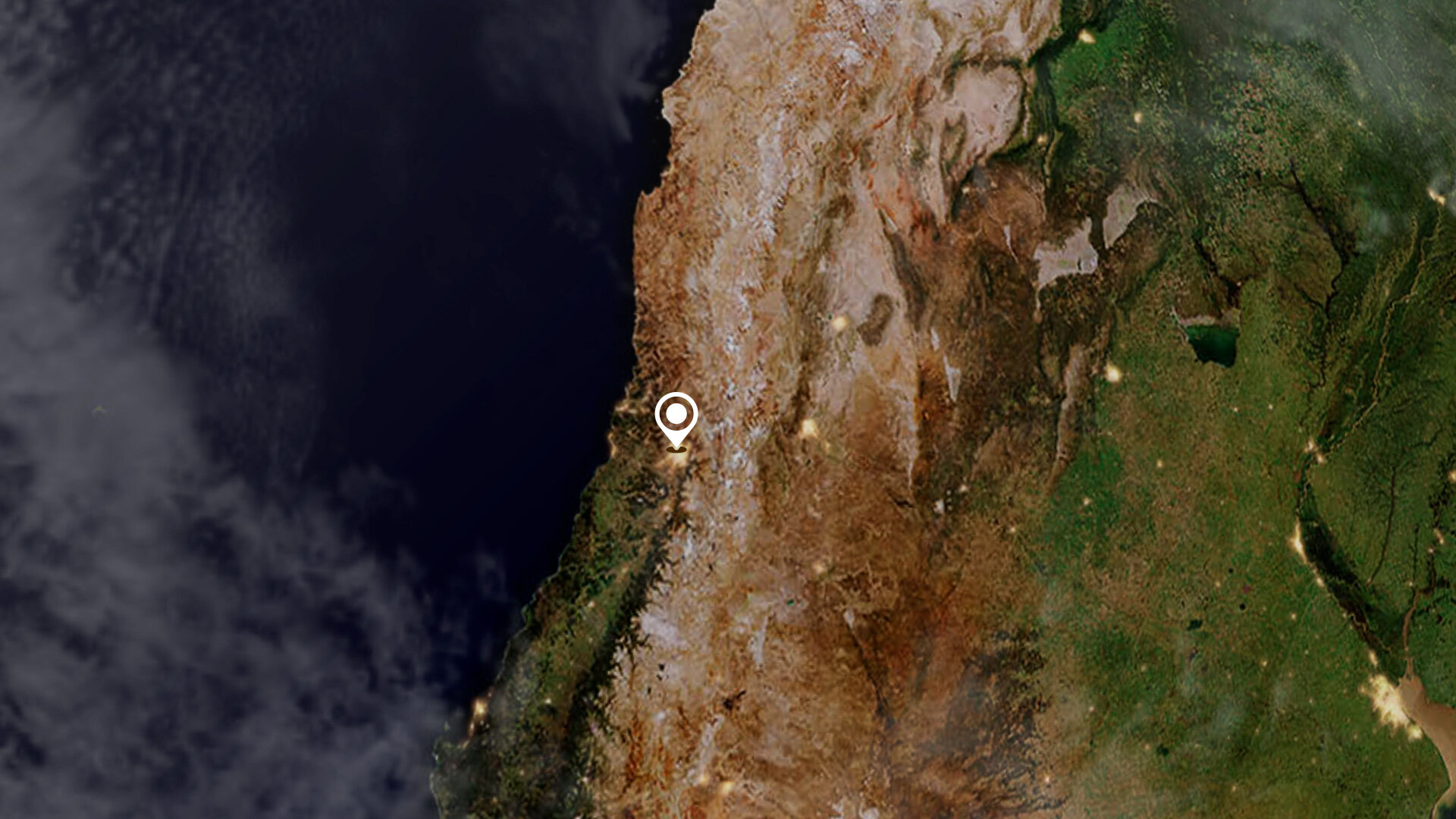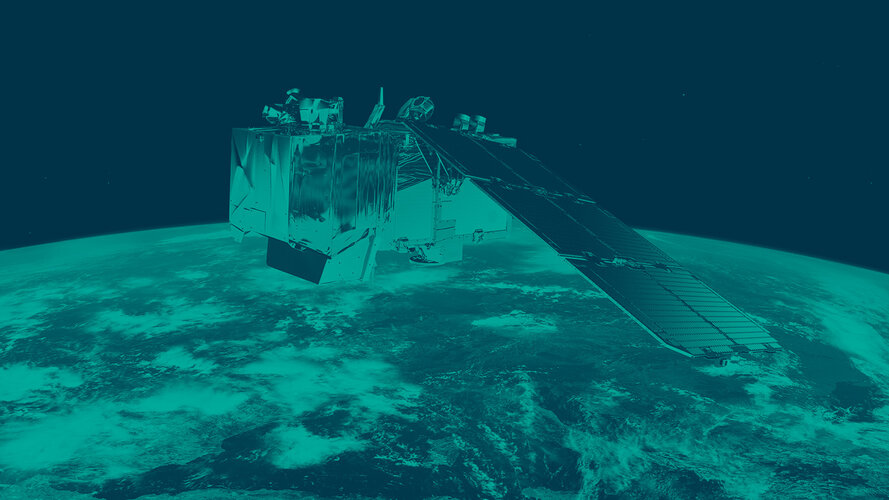Earth from Space: Santiago, Chile
The Copernicus Sentinel-2 mission captured this image of Santiago – the capital and largest city of Chile.
Click on the image below to explore it in its full resolution.

Santiago lies in the centre of Chile’s most densely populated region, the Santiago Metropolitan Region, with a population around eight million, of which five million live in the city’s urban area. Santiago is spread over more than 600 sq km with most of the city lying between 500 to 650 m above mean sea level.
The weather of Santiago resembles the Mediterranean climate with dry and warm summers with temperatures reaching up to 35°C (from October to March) and cool and humid winters that can drop to 0°C (from April to September).
The city lies in the centre of the country’s central valley around 80 km from the Pacific Ocean to the west and borders Argentina to the east. A tiny part of Argentina is visible in the top-right corner of the image where the mountain crest of the Andes Mountains acts as a divider between the two countries.
Cerro El Plomo, 5424 m, is the largest mountain peak visible from Santiago on clear days. There are many ski resorts in the snow-covered mountains, as well as viewpoints offering spectacular views of Santiago.
The Maipo River runs south of the city coming from the mountains and is the main river flowing through the Santiago Metropolitan Region and the Valparaíso Region of Chile. The Maipo River is by far the major source of irrigation and drinking water for the region. The Mapocho River, which flows through central Santiago, is one of its tributaries.
In the top of the image lies the Los Bronces copper mine and it represents one of the largest copper reserves in Chile. The Paloma Glacier lies just south of it. Las Tórtolas, visible in the top of the image, is an artificial lake that is used for processing the copper ore that comes from Los Bronces through an extensive network of pipes.
Copernicus Sentinel-2 data are not only used to monitor plant growth, but also to map changes in land cover, and monitor the world’s forests as well as inland and coastal waters. The mission is based on a constellation of two identical satellites in the same orbit, 180° apart for optimal coverage and data delivery. Together they cover all Earth’s land surfaces, large islands, inland and coastal waters every five days at the equator.
This image is also featured on the Earth from Space video programme.


Access the video














 Germany
Germany
 Austria
Austria
 Belgium
Belgium
 Denmark
Denmark
 Spain
Spain
 Estonia
Estonia
 Finland
Finland
 France
France
 Greece
Greece
 Hungary
Hungary
 Ireland
Ireland
 Italy
Italy
 Luxembourg
Luxembourg
 Norway
Norway
 The Netherlands
The Netherlands
 Poland
Poland
 Portugal
Portugal
 Czechia
Czechia
 Romania
Romania
 United Kingdom
United Kingdom
 Slovenia
Slovenia
 Sweden
Sweden
 Switzerland
Switzerland




























